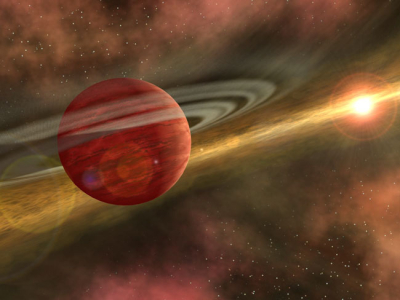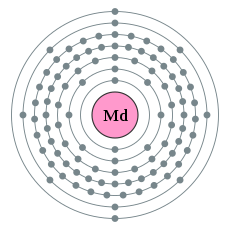What are the characteristics of slugs and snails?

You may have seen a snail on a plant or near a river. You are likely to have seen a slug in your backyard. Irrespective of where you find them or how large or small they are, snails and slugs have something spectacular in common - moving - ever so slowly. Why is that so? Come, let's find out.
Snails and their relative slugs (without shells) are molluscs, and it is said that there are 2,40,000 of these species across the world, including in oceans. And they all move slowly. Here's something to give you an idea of how slow they really are - in a snail race, the fastest on record sped at nearly .09 km per hour!
Apparently, there are at least three reasons for their slowness: "how they move, what they eat and what eats them". These molluscs do not have feet like humans do. They have "a band of muscle that runs along the underside of their body and is covered in sticky mucus". When these muscles contract, they send small waves across the creature's body. "These waves compress the mucus on the bottom of the foot into a slippery liquid", helping the snail or slug glide or climb. It's an unusual way of moving, and takes time. Plus, like predators, they don't have to run after their food. Here's what they eat-"most slugs and snails eat plants, decaying matter or marine animals, like sponges", which stay in one place. So snails and slugs don't really have to hurry, worrying if their food will escape. And, they certainly don't have to hurry to escape predators themselves. While snails are usually protected by their shells, slugs escape the attention of other creatures due to the colour of their body - greys and browns that help them "blend in well with their surroundings". Further, land "slugs are covered with a sticky mucus", which is "so gooey that it can gum up the mouths of predators and make it hard to chew". Last heard, the slime is not very tasty and certainly not worth the effort just to end up with a gummed up mouth! As for sea slugs, they come in bright colours, bearing "nasty-tasting poisons", which predators are aware enough to keep off.
Slow they could be, but snails and slugs contribute immensely to the health of their ecosystems. They feed on seeds and young plants, keeping the growth of certain plant species in check. "By eating decaying matter, they help recycle nutrients that growing plants can use. And despite their best efforts, snails and slugs do often become food for other animals."
So, the next time you see a snail or a slug ambling by, you know what the best thing to do is - just let them be!
Picture Credit : Google



